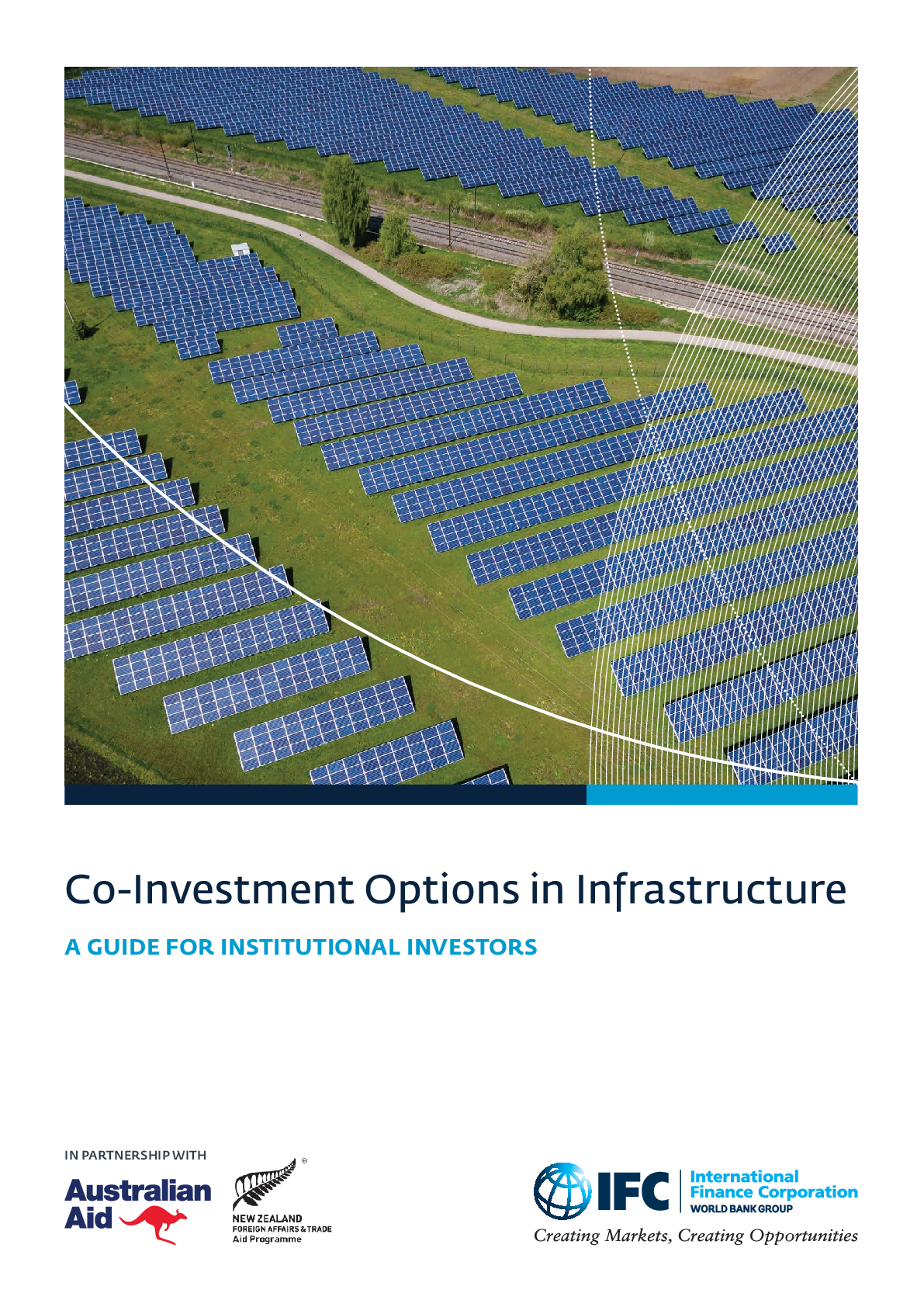
The global shock caused by the COVID-19 pandemic has only deepened the need to mobilize long term private capital to meet multi trillion-dollar infrastructure gaps, and to stimulate a sustainable economic recovery to support jobs, investment, and livelihoods of people in emerging economies. Persistent low interest rates are making the ‘chase for yield’ that much more difficult for investors, paving the way towards an increasing focus on direct investing. Significant wealth sits with institutional investors, including pension, sovereign wealth, mutual funds, and insurance companies, but deploying that wealth across borders in direct infrastructure investments, particularly in emerging economies, faces significant barriers. These include the availability of structures meeting investors’ regulatory and operational requirements, as well as a shortage of the skills required to originate, prepare, and execute direct investments. We are now witnessing the emergence of groupings of institutional investors globally looking for solutions to these challenges by collaborating and pooling resources and expertise to channel their capital towards direct investing opportunities. One example in the Pacific region—the Pacific Islands Investment Forum (PIIF)—is an association of investment funds including provident, superannuation, sovereign, and trust funds. The International Finance Corporation (IFC) is supporting members of PIIF to explore co-investment opportunities for funds to invest in other countries’ industries, services, and infrastructure across the Pacific. An initial step in that support has been to distil relevant lessons from effective global practices for the Pacific context through an analysis of different approaches to collaboration among long-term investors in the international investment landscape. Drawing from successful global examples, and informed by IFC’s engagement with the Pacific funds, this note presents and weighs the relative merits of six different co-investment options, supported by practical case studies, with each option covering a broad spectrum of investment approaches to fit different investor preferences and circumstances. These case studies can serve as a starting point to guide other institutional investors and their advisers who are considering co-investment.
